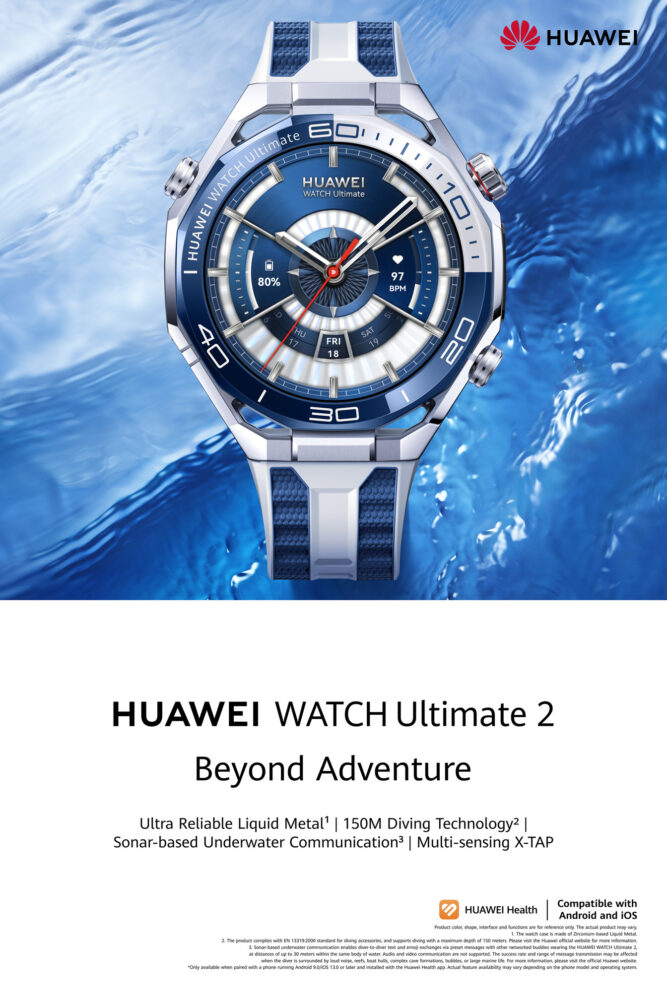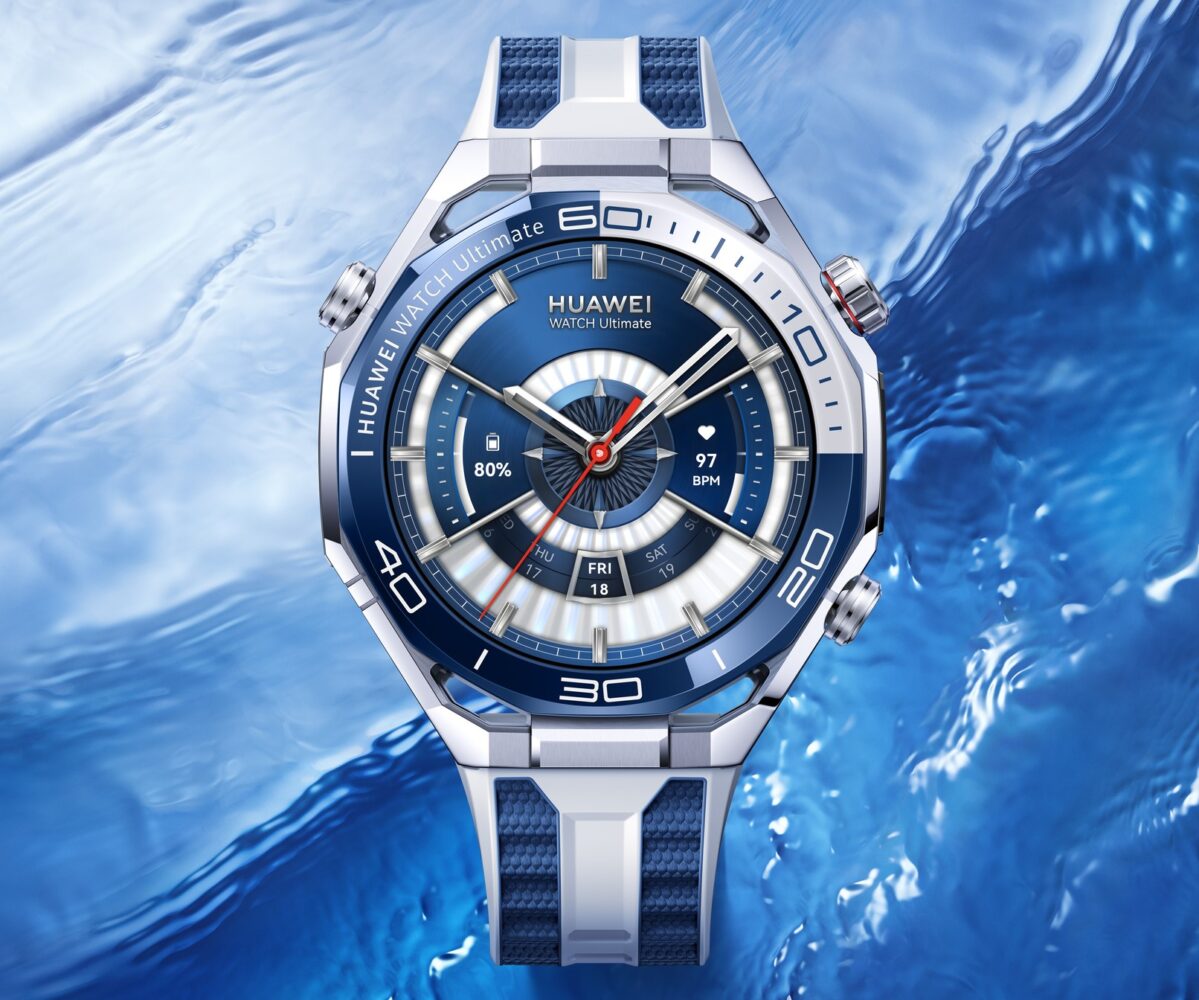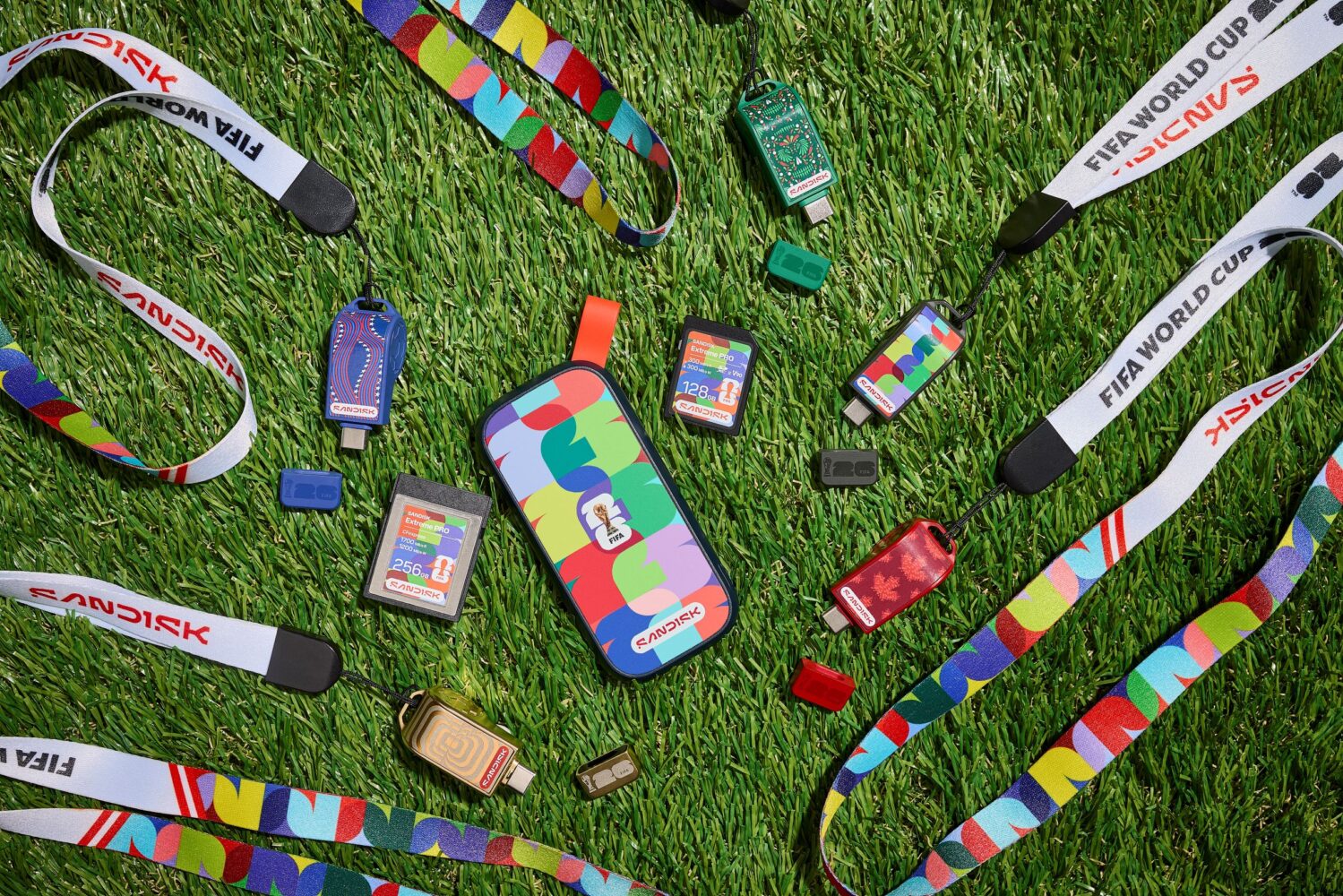Huawei has introduced the Watch Ultimate 2, a premium wearable built with a zirconium-based liquid-metal case and designed for users who spend significant time outdoors or underwater. The device’s headline feature is its sonar-based communication system, which allows short-distance messaging during deep-sea dives. While this capability will likely appeal to a niche segment of professional and recreational divers, its integration into a consumer smartwatch marks an attempt to differentiate the device in a market where most upgrades are incremental.
The Watch Ultimate 2 supports dives of up to 150 meters, aligning with 20 ATM resistance ratings used across the industry. At these depths, conventional wireless communication becomes unreliable, so the watch uses an independent sonar system for sending pre-set messages and emoticons to nearby devices within a roughly 30-meter range. An underwater SOS mode extends that range to 60 meters and may provide extra reassurance for divers, though its real-world usefulness will depend on conditions, training, and whether nearby users are equipped with compatible devices.
The construction emphasizes durability. The zirconium-based liquid-metal case is paired with a dual-color nanocrystal ceramic bezel and sapphire glass. These materials are often associated with high-end mechanical watches and can provide resistance to scratches and corrosion, though they also require complex machining that tends to increase cost. The Watch Ultimate 2 comes in blue and black, priced at 2,999 AED in the UAE for pre-orders beginning November 19, and the package includes several subscription-based add-ons tied to Huawei’s service ecosystem.

Beyond diving, the watch incorporates several features aimed at outdoor activity and general health tracking. Its gap-antenna system is designed to improve signal performance in challenging environments, while the Sunflower positioning setup pairs dual-band and multi-system satellite support for more reliable navigation. An eSIM option enables standalone calling, and noise-reduction software attempts to keep call quality usable in wind or high-altitude settings. Battery life is rated at up to 11 days in power-saving mode or around 4.5 days in the standard configuration, a figure that will naturally vary depending on how heavily GPS and health-monitoring functions are used.
Health tracking relies on the company’s TruSense system, supported by rear sensing modules that provide data for 11 metrics through the Health Glance interface. These include continuous SpO2 readings, heart-rate tracking, and sleep monitoring. Features such as fall detection, emergency SOS, and high-altitude alerts round out the safety-oriented toolkit, and the watch also offers golf-course maps and other activity-specific tools to broaden its use cases.
As wearables increasingly compete on specialization rather than general capability, the Watch Ultimate 2 positions itself as an option for users who want a rugged device with extended dive support, advanced navigation, and a deep set of tracking tools. Whether this represents a meaningful shift in the smartwatch category or a targeted offering for a small subset of outdoor enthusiasts will depend on adoption beyond the diving community. Still, the device reflects the growing interest in integrating niche, activity-specific features into mainstream wearable designs.






